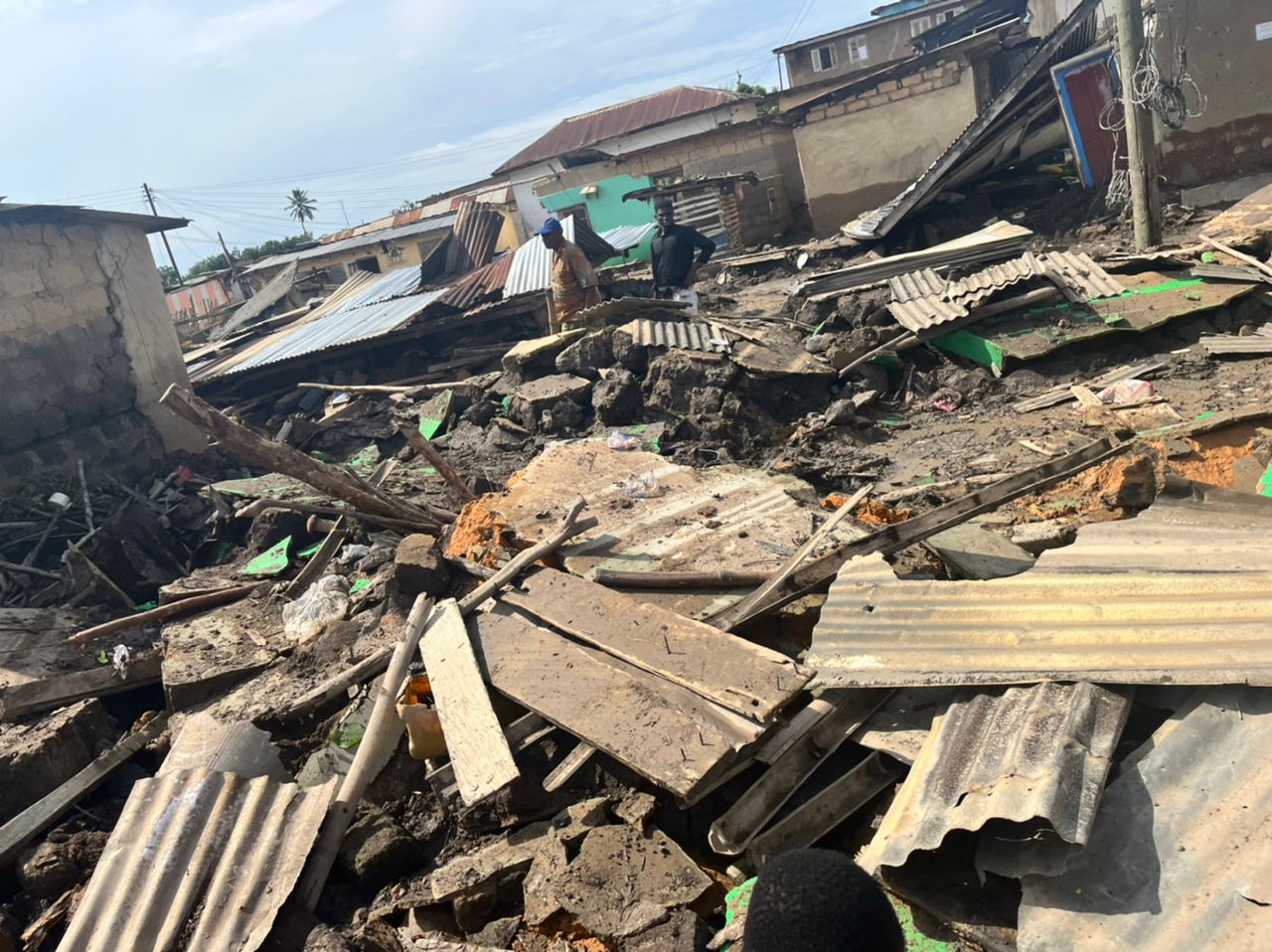
Adib Saani, a security analyst has disclosed that about 200 to 300 young men and women have been recruited by terrorists in the northern parts of Ghana.
According to him, a series of surveys conducted showed that armed groups operating in the country adding that porous borders fester smuggling, arms and human trafficking.
As part of a series of surveys and assessments of the security situation in the Gulf of Guinea countries conducted by Promediation, it has emerged that the establishment of armed groups in northern Ghana has also allowed terrorist groups to implement an active recruitment strategy.
It is estimated that 200 to 300 young people have been integrated into the various GSIM-JNIM and EIGS katibas. After undergoing training in training camps in the Sahel, these young recruits were sent back to their villages of origin, in particular, to engage in religious proselytizing, Adib Saani said in a statement.
He revealed that Porous borders fester smuggling, arms and human trafficking. For example, according to figures from the West Africa Network for Peacebuilding (WANEP), in 2019 there were 44 official migration entry points in Ghana.
However, in reality, there were more than 189 uno?cial entry points on the border with Burkina Faso alone. This complicates our efforts to counter the threat.
Ghana for a long time has remained a stable country in the midst of increasing extremist violence and political instability in West Africa, a report released by the West Africa Centre for Counter-Extremism (WACCE) has said.
According to the report, the narrative may no longer remain valid soon if adequate measures are not put in place to tackle the increasing threats from the Sahel.
The threat of terrorism is increasingly descending from the Sahel toward the Coastal States.
Today more than 53% of all ECOWAS states are experiencing insurgencies and the pervasive spillover phenomenon makes Ghana's border regions a key area of concern.
It said Recent attacks in Benin, Togo, and Ivory Coast highlight the determination of the terrorists to expand beyond landlocked Sahelian countries, where the insurgency has devastated thousands of lives and property in the last decade.
Ghana has a big number of prolonged unresolved chieftaincy and ethnic conflicts and tensions, particularly in the Northern regions.
The inherently high exploitative capacity of extremists implies that these vulnerabilities put Ghana in danger of terrorist exploitation, the report added.
Below is his full statement:
As part of series of surveys and assessments of the security situation in the Gulf of Guinea countries conducted by Promediation, it has emerged that the establishment of armed groups in northern Ghana has also allowed terrorist groups to implement an active recruitment strategy.
It is estimated that 200 to 300 young people have been integrated into the various GSIM-JNIM and EIGS katibas. After undergoing training in training camps in the Sahel, these young recruits were sent back to their villages of origin, in particular to engage in religious proselytizing.
Porous borders fester smuggling, arms and human trafficking. For example, according to ?gures from the West Africa Network for Peacebuilding (WANEP), in 2019 there were 44 o?cial migration entry points in Ghana.
However, in reality, there were more than 189 uno?cial entry points on the border with Burkina Faso alone. This complicates our efforts to counter the threat.
All of these groups operate under the command of Sam Oun (from the Katiba Macina), who is believed to be the leader of the GSIM-JNIM for the MaliBurkina Faso-Côte d’Ivoire border area.
One of the objectives of this gradual establishment would be to establish or reinforce the units present in the Diefoula forest, located on the border between Burkina Faso and Côte d’Ivoire, in order to secure GSIM-JNIM access to Ghanaian territory.
EIGS spokesman Sidi Amar and the head of Ansarul Islam’s foreign ?ghting unit, Saifoulah, estimate that there are 200 young Ghanaians in the ranks of the jihadist groups. The majority of them are believed to be in the ranks of GSIM-JNIM.
Read Full Story















Facebook
Twitter
Pinterest
Instagram
Google+
YouTube
LinkedIn
RSS